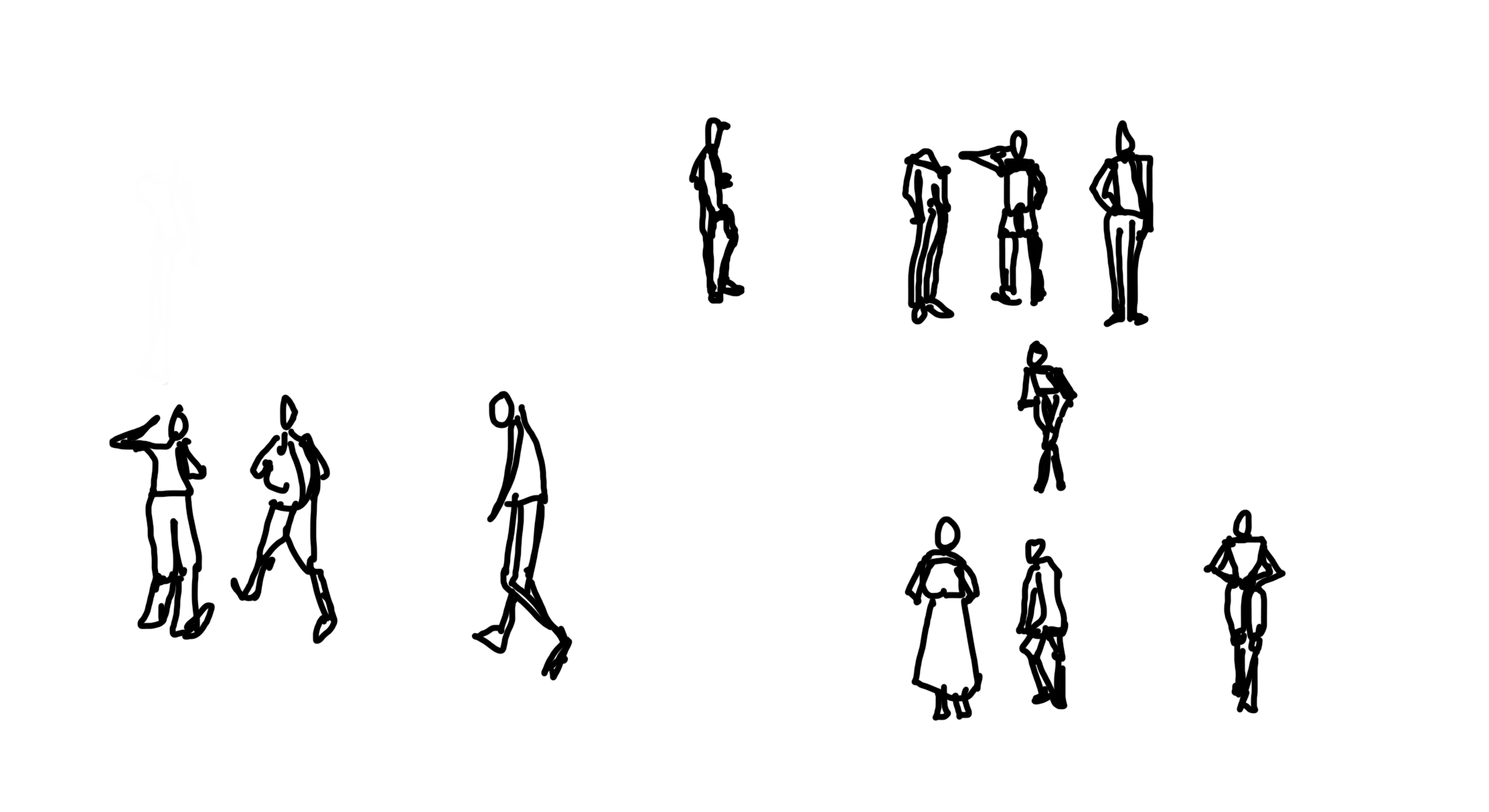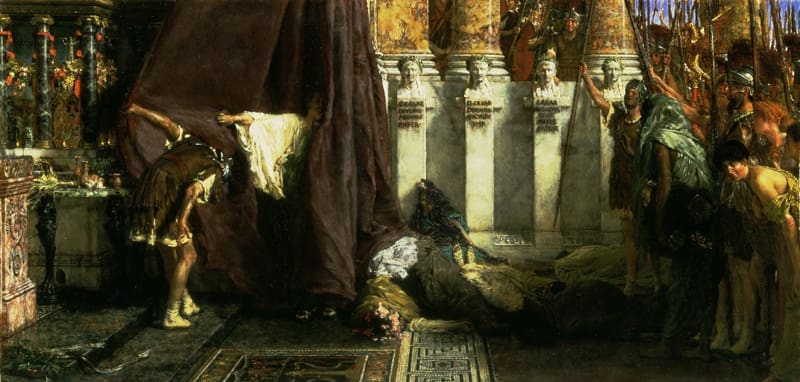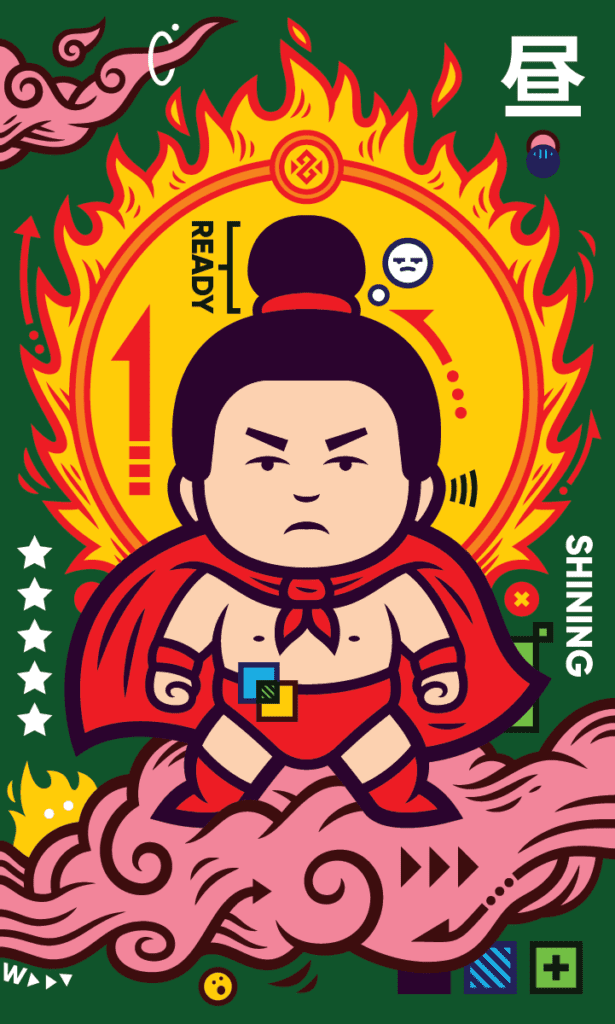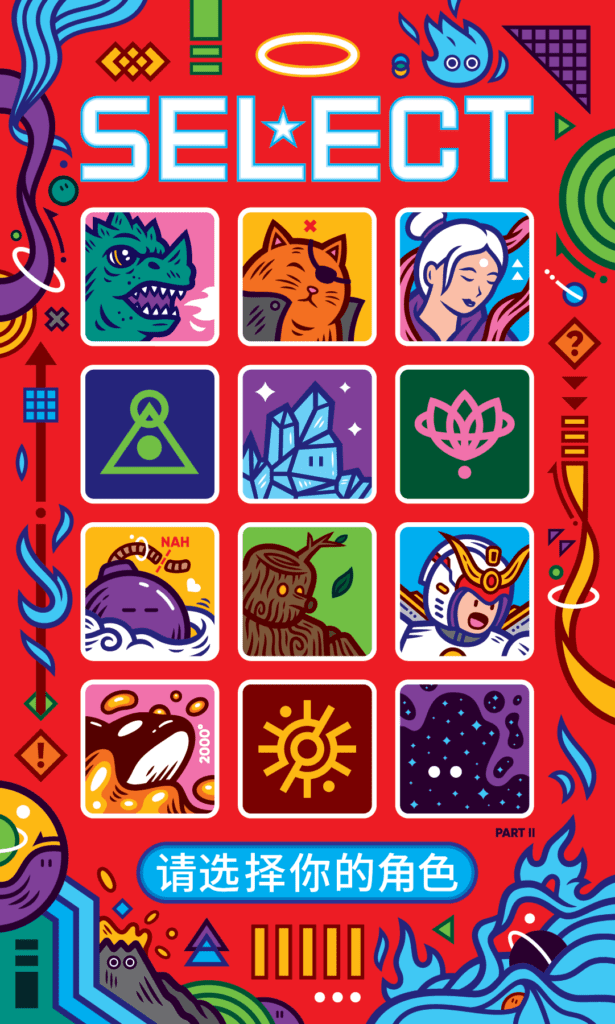Media
Drawing Projects
Is learning to draw on your social isolation to-do list? Does it seem too scary to attempt? If you’ve ever written your name on a piece of paper, you’re prepared to learn to draw. (Download our Drawing Day Booklet for more exercises to try.)
Many people think of drawing as the ability to render realistically. But drawing encompasses many forms of expression.
Doodles could be considered a type of drawing. People don’t feel intimidated about doodling. They’re just marks on the side of your notes — not art, you might think. Those same skills, however, can help you feel comfortable drawing. You’ve spent a lifetime doodling, so you are prepared for these lessons.
Holding your Pencil
Writing is an important form of human communication. After you learn to write, you rarely think about the way the pencil or pen is held. Artists, however, often will shift the tool in their hand to get different effects.
- Start by picking up your writing utensil. Write a line.
- Reposition your pencil or pen to hold it an angle. Draw more lines.
- Continue to play with the angle of the writing tool. Explore the different effects on the paper.

Shading
Much of the draftsman’s work is knowing how to use your writing utensil to deliver a variety of lines and shades. Pencil control is learned. Artists spend hours honing their abilities. Try these exercises:
- Filling a sheet of paper with many different strokes.
- Make 7 equal boxes on your paper. Use a pencil to create a graded scale of shades.
- Draw the same item, like a coffee cup, in each of the shades from your scale.
- Draw a houseplant only depicting the shadows.
- Make a drawing using no lines.

Contour
Drawing requires translating the three-dimensional world onto the flat surface. Forms can be rendered using shadows and shading or by focusing on the contour edges. In contour drawing, you focus on the outlines of a form rather than the details.
- Look in the mirror. Draw yourself without looking at the paper. Focus your eyes on your face.
- Draw something in your kitchen. Use a single line.
- Draw your pet using a single line. Draw 7 more contour drawings of your pet as they move. (If you don’t have a pet, draw pets from online videos).

Copying
Drawing requires confidence in your mark-making. Many people falter when they are first trying because their initial sketches don’t “look like anything.” Many artists spend time copying, just as many musicians learn music by playing works written by others. Have you ever tried a step-by-step drawing, like copying a cartoon? Seeing the steps helps you gain confidence. The hardest part of drawing from the real world is translating the three-dimension to a flat surface. When you copy, you translate from one flat surface to another, simplifying the process and increasing your chance of success.
- Try drawing some of the doodles in the gif.
- Try drawing from a magazine.
- Explore the museum’s collection online. Choose 1 work you love. Draw it 20 times.

Vantage Points
Translating three-dimensional space requires learning how to trick the eye. Draftspeople learn how to use line and shadow to imply depth.
- Draw the same object from many different angles.
- Sit on the floor. Draw the room. Find a high stool. Draw the same room.
- Draw your desk and all of its items. Move across the room. Draw your desk again.

Gesture Drawing
Strong draftspeople not only have confidence and skill but also decisiveness. Hesitancy is visible in halting lines and inconsistent forms.
- Draw the clouds. Start your first drawing on the hour. Make a drawing every hour for a whole day.
- Draw all the people you see in the next show you watch.
- Draw your pet 100 times.
Color
Life is in living color. Adding color to your drawings immediately transforms the level of realism.
- Draw a coffee cup in blue. Draw the same object again in another color. Repeat five more times.
- Draw the forms in your room using 1 color other than black. Add a second color other than black for the shadows.
- Use color to create a drawing using only dots.
- Try any of the exercises in the other sections using color.
Thank you for joining us in this exploration of drawing. This is just the tip of the pencil. Keep drawing.
Read MoreLunchtime 5: Get Art
Why is Art Political?
What political questions is art uniquely able to address? How do the works in Totally Radical, our current exhibition of political art from the 1980s, connect to art and politics in the present? Join in and talk a little politics over lunch.
ARTstrology: Aries
March 21 – April 19

Like Aries’ symbol, the ram, you run headfirst into life. You’re relentlessly determined, but cheerful, which makes you a great leader. But be careful, great leader. If you don’t push away your sign’s tendency for selfishness, you could end up like the corrupt Roman emperor Caligula, whose assassination is seen here. Lean on your cheer and kindness, and you’ll be just fine!
Aries 21 marzo – 19 abril
Como el símbolo de este signo, el carnero, corres de cabeza a la vida. Eres implacablemente resuelto, pero alegre, lo que te convierte en un gran líder. Pero ten cuidado, gran líder. Si no te distancias de las tendencias egoístas de tu signo, podrías terminar como el corrupto emperador romano Caligula, cuyo asesinato se puede ver en esta imagen. ¡Apóyate en tu alegría y bondad, y estarás bien!
ARTstrology is made possible with support the Henry V. and Frances W. Christenson Foundation
Read MoreLunchtime 5: Creativity Invitation
Texture
Need a little inspiration? Sometimes all it takes is a prompt, suggestion, or idea. Tune in to get a creative spark inspired by the Museum’s collection and exhibitions.
Lunchtime 5: Video Tour
Totally Rad and Totally Radical
How can talking about art transform what you think about what you see? Consider how talking is a great way to improve your understanding of collections.
Akron Art Museum Launches The 10,000 Things, An Outdoor Exhibition by Cleveland Artist, Jordan Wong
Akron – The Akron Art Museum will launch an outdoor exhibition titled The 10,000 Things: Recent Works by Jordan Wong in the Bud and Susie Rogers Garden on May 29, 2021. Jordan Wong’s The 10,000 Things weaves together inspirations from Asian art—historic Chinese paintings, Japanese manga, anime, video games, comic books, and more—with graphic design, iconographies, and the artist’s own philosophical musings. Wong’s large-scale works are metaphorical as much as they are referential, containing themes of perseverance, triumph, belonging, and growth. The 10,000 Things will be displayed throughout the Bud and Susie Rogers Garden all summer.
“The 10,000 Things aims to inspire, delight, and encourage viewers to generously listen, look, wonder, contemplate, play, and dream,” says Jordan Wong, exhibition artist. “Creating artwork for outdoor spaces enables and encourages greater ambitions: scale, materials, and the experience for viewers. I am able to share more outdoors, and hopefully the work has a greater impact by inspiring and engaging more people. My hope is that visitors will find delight in the fanfare of visuals exploding from each work. I also wish to help reignite and reconnect them to their own playful fascinations.”
Wong brings a graphic sensibility to the garden with the many hidden symbols, references, and characters for visitors to discover. The title of The 10,000 Things is a Taoist phrase used to reference and describe the entire universe, and for the artist it is a declaration of ambition. Seema Rao, Deputy Director and Chief Experience Officer, noted, “The popularity of superheroes points to a deep need for celebrating good. Superhero powers are often born of their difference, so there is an inherent sense of belonging.” Many of Wong’s playful works highlight topics such as identity or ethnic and cultural belonging expressed through the sequential imagery in the style of manga and comics.
Gina Thomas McGee, the Museum’s Curator of Education stated, “We wanted a show that is vibrant, interactive and easily accessible. We have exciting programs coming in the spring which are centered around the exhibition that create a safe and welcoming space for families and friends to enjoy art together again.” The garden space has been framed to allow groups to engage with the art and others while still social distancing. Rao said, “We know that experiencing art together is one of the greatest joys of going to a museum, and with this exhibition we can go back to doing just that in a safe manner. The 10,000 Things features incredible art that can ignite the imagination and we look forward to visitors experiencing it.”
The 10,000 Things opens on May 29, 2021 and is the prelude to Jordan Wong’s related indoor exhibition coming Labor Day to the Museum’s Mary S. and David C. Corbin Foundation Gallery. Wong’s upcoming indoor exhibition will provide a closer look into the artist’s creative process. Hours of operation for the Museum and the Bud and Susie Rogers Garden are as follows: Thursdays: 11 am–8 pm, Fridays: 11 am–5 pm, Saturdays: 11 am–5 pm. Beginning March 12, on the second Friday of each month the hours are 11 am–8 pm. Admission is free. Timed tickets are recommended and can be reserved online in advance, but walk-ups are welcome. Upon entry, visitors will notice signage designed to keep them informed about AAM’s health and safety protocols and processes.

The 10,000 Things is made possible with support from PNC, the Mary S. and David C. Corbin Foundation, the Alan and Janice Woll Family Fund, Peg’s Foundation, Akron Children’s Hospital, the Synthomer Foundation, and the Charles E. and Mabel M. Ritchie Foundation.

Lunchtime 5: Look Closely
Artworks by Women
Explore some of the Museum’s artworks made by women. Look closely and find surprising details.
Lunchtime 5: Get Art
Where Do Artists Come Up with Their Titles
Why would an artist call an artwork untitled? Explore the meaning behind titles and the lack thereof.
ARTstrology: Pisces
February 19 – March 20

Just like this ebullient figure, you, airy Pisces, are a dreamer and a seer. You are constantly torn between fantasy and reality, which can be as exhilarating as it is scary. Your eternal optimism can be an inspiration to those around you and we love you for that. Just make sure to ground yourself every once in a while, if only to get a laugh at how seriously everyone else takes themselves.
Piscis 19 febrero – 20 marzo
Al igual que esta figura animada, tú, etéreo Piscis, eres un soñador y un vidente. Estás constantemente dividido entre la fantasía y la realidad, lo que puede ser tan estimulante como aterrador. Tu optimismo eterno puede ser una inspiración para los que te rodean y te amamos por eso. Pero asegúrate de ponerte a tierra de vez en cuando, aunque solo sea para reírte de la seriedad que todos los demás se toman a sí mismos.
ARTstrology is made possible with support the Henry V. and Frances W. Christenson Foundation
Read MoreLunchtime 5: Creativity Invitation
Rhythm
Need a little inspiration? Sometimes all it takes is a prompt, suggestion, or idea. Tune in to get a creative spark inspired by the museum’s collection and exhibitions.





